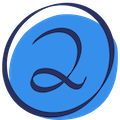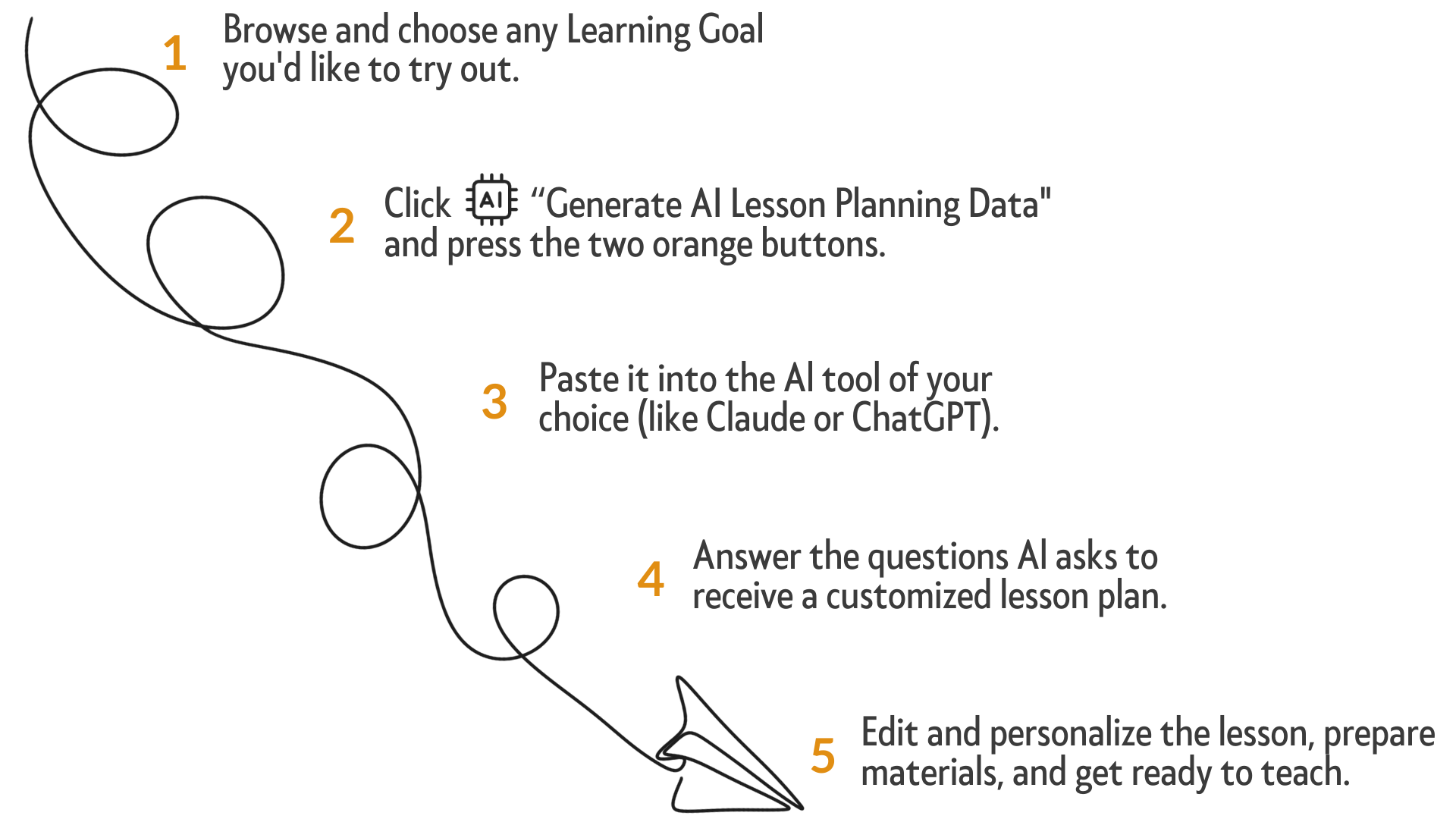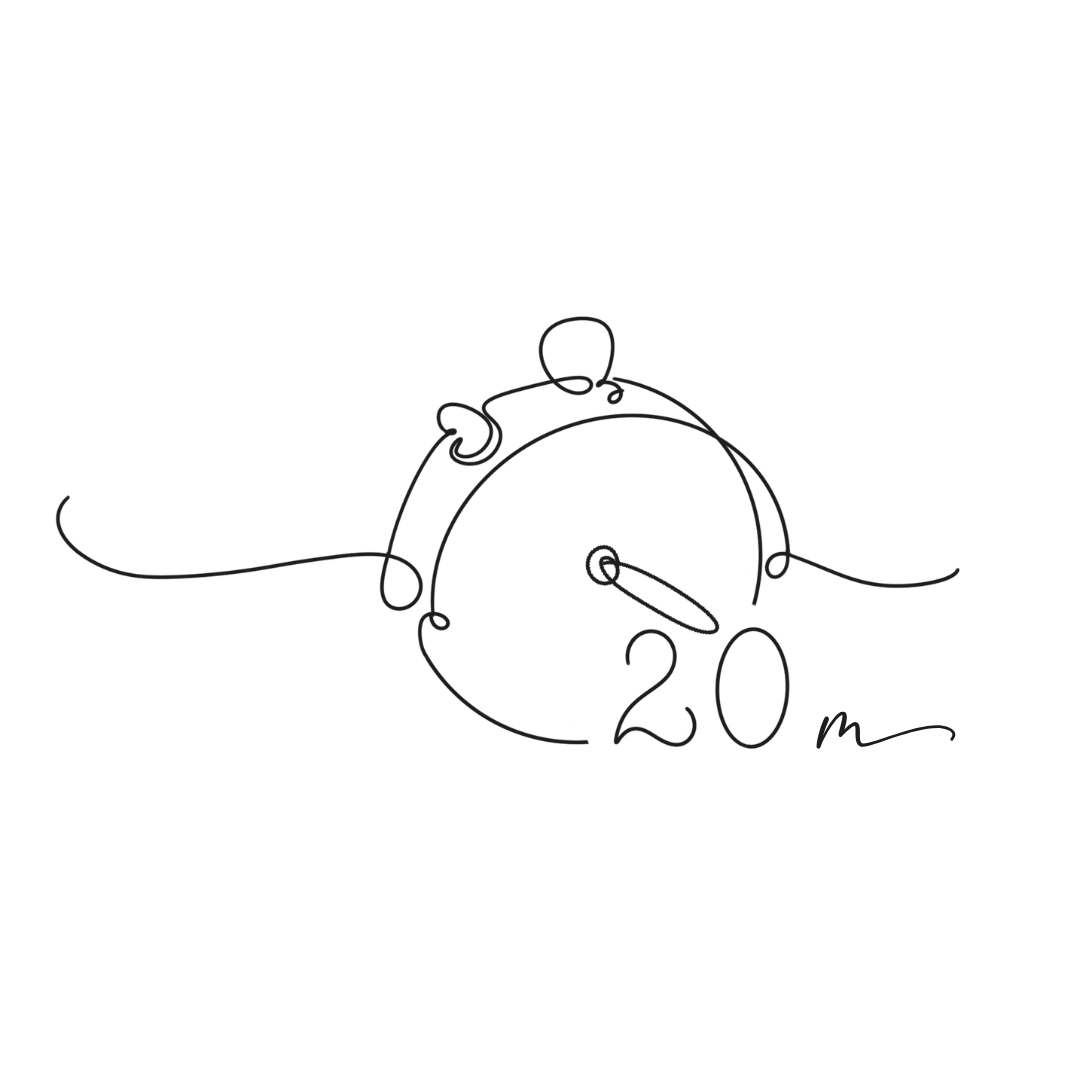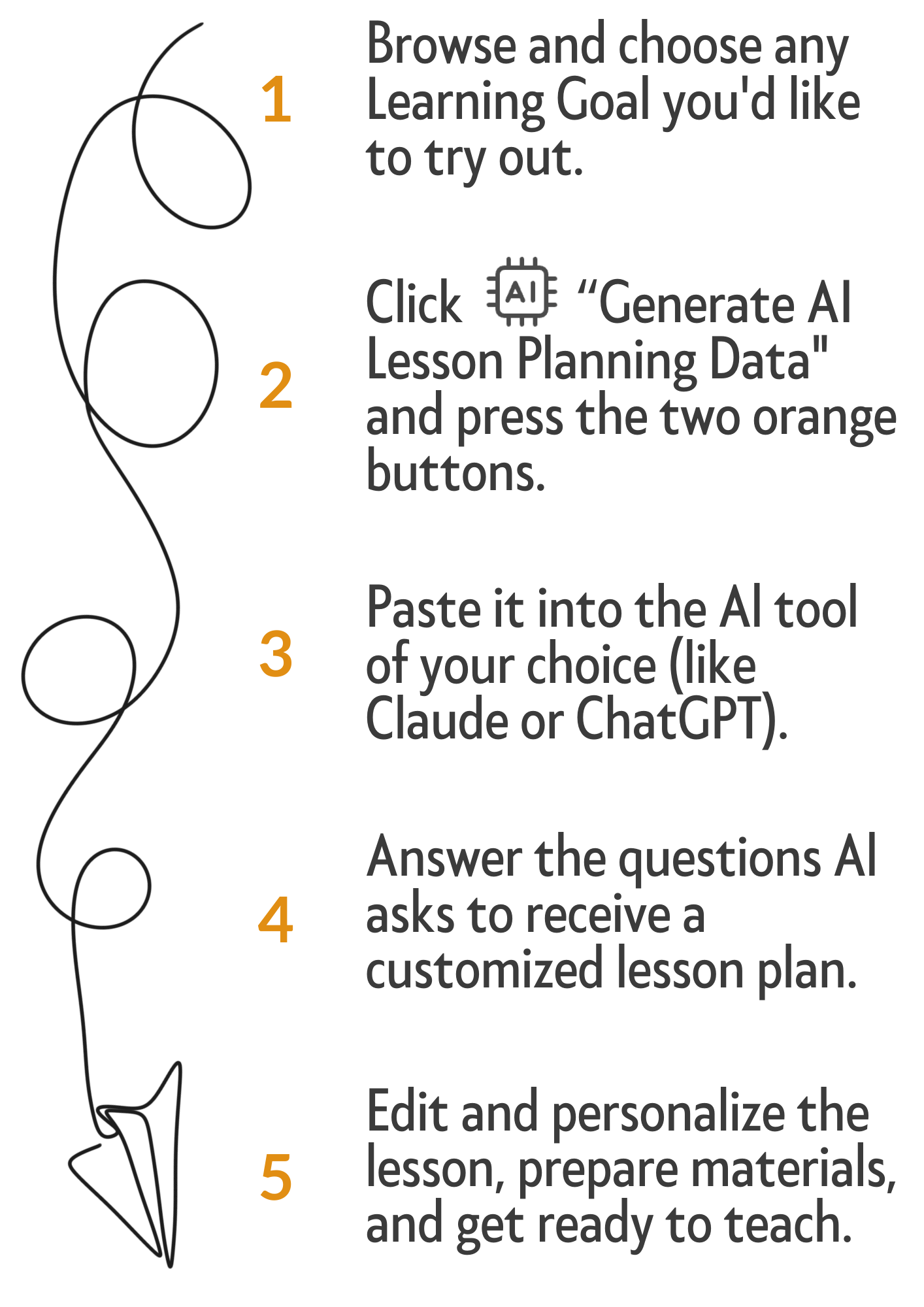Lesson Planning
The Buddhist Education Aspirations Framework contains 175+ learning goals that can enrich teaching across multiple subjects. Whether you’re teaching science, world history, ethics, mindfulness, or creative arts, these goals extend and deepen student learning while introducing valuable perspectives from Buddhist wisdom traditions.
Recommended Reading
Two Ways to Use the Framework

Teaching Buddhist Content Directly

Integrating with Existing Curriculum
Two Ways to Develop Lesson Plans
The BEA Framework provides learning standards and outcomes, not complete lessons. Whether planning with AI or traditionally, you’ll bring your own teaching practice, voice, and supportive materials that make goals meaningful for students. Teacher preparation and research remain essential. Effective lesson planning requires clear outcomes and engaging activities that guide step-by-step progress toward mastery—a skill developed through years of practice and reflection. When plans don’t work, innovation follows. This guide offers essential reminders, not comprehensive training.

Option 1: AI-Assisted Lesson Planning
Find the link on the VERY bottom of the right sidebar on each learning goal.


Traditional Lesson Planning
Create hybrid lessons that incorporate Buddhist perspectives aligned with state/national standards (International Baccalaureate, Common Core, etc.).
Step 1: Pick Your Goal

Explore the framework and choose ONE learning goal that connects to your content and/or would engage your students.
Browse Learning Goals by Subject Area
Integration with Standards
- Search framework for keywords matching required content concepts and big ideas
- Deepen critical thinking, blending objectives from required academic content and learning goals
- Browse Learning Goals by Subject Area Browse from a variety of Learning goals, curated into Academic and Special interest areas via the Learning Pathways menu on the Framework search page.

Step 2: Translate Action Language

How to simplify the ACTION section
The ACTION section contains what educators often call standards, competencies, or indicators.
- Read the ACTION section—this is what students will demonstrate
- Break it into simple tasks in student-friendly language
- Example: Action: “Students will evaluate their speech patterns by identifying personal examples of any of the four non-virtuous speech actions, then design and implement communication strategies…” becomes “Honestly look at how you communicate—including mistakes you’ve made—then develop practical strategies to speak in ways that create understanding and reduce conflict.”
Step 3: Gather Content

Research and preparation
- Use KNOWLEDGE section as research starting point
- Consider which academic standards you may wish to target in your lesson
- Find 2-3 concrete examples students can relate to
- Use recommended resources, your materials, and/or do additional research
- Prepare a guided reflection from the STUDENT EXPERIENCE section
- Generate engaging, interactive learning activities(check Implementation Possibilities if available)
Step 4: Plan One Lesson

Structure and assessment
- Decide: One class period or multiple sessions?
- Create structure: Opening activity → Content → Practice → Reflection
- Plan learning activities that help students gain practice and familiarity with the content
- Plan assessment for the ACTION goal
- Rehearse mentally, tune your motivation and aspirations
Success tip: Sometimes the ACTION may require more than one lesson, try teaching one session on what seems practical!
Learning Goal Components
See Learning Goal 000, formatted just like an LG for an easy-to-read example →
000 – The serial number is a unique number consistent across all age bands (The letter at the end is the grade band)
(Title) – Learning goal name that remains the same across all age bands
(Subheading) – Description linked with the developmental focus of each age band
Domain – Organizational system that groups learning goals into five developmental areas representing core capacities students develop through Buddhist wisdom teachings
Quote – Inspirational passage that reflects the essential understanding or conceptual insight
Teacher Experience* – Contemplative prompt that supports educator reflection on the learning goal’s personal dimension
Student Experience – Entry point activity or thought-provoking question designed to activate curiosity and connect to prior experiences—can be used as a formative assessment of what students are ready for
Understanding – Essential principle or conceptual insight that students develop through this learning goal
Action – Observable skills and behaviors that provide evidence of student learning and mastery, also called learning outcomes or curricular competencies
Content Knowledge – Knowledge refers to the content students should remember about the topic
Guiding Questions – Inquiry prompts that drive student thinking and classroom discussion
Implementation Possibilities* – Suggested teaching activities and strategies that support flexible lesson planning
Assessment Ideas* – Formative and summative evaluation approaches for checking student learning
Vocabulary – Essential terms that support student understanding of the content
Teacher Resources – Materials and references that help educators deepen their content knowledge
Student Resources – Age-appropriate materials for direct classroom use
Books – Suggested reading for students that supports this learning goal
Tags – Buddhist concepts and themes that connect related learning goals
Strand – Categorization system based on Buddhist threefold training plus culture
Similar Learning Goals – Related goals that complement or extend this learning experience
Guiding Principles – These nine principles represent Middle Way Education’s highest goals for what students will understand
Learning Pathways – Curated collections organized around specific themes or approaches
Level – Indicator of whether contemplative background is required
*Only available for the 21 Learning Goals differentiated to date

